A Pagoda-styled temple built in the 17th century, the Pashupatinath Temple is a prominent religious symbol for Hindus in Nepal. The heritage of the Pashupatinath mandir began several centuries before the temple was built. Many legends surround this area, and most of them are quite interesting to know about whether or not you follow Hinduism. This Pashupatinath mandir in Nepal is one of seven UNESCO World Heritage Sites in Nepal's Kathmandu Valley. Surrounded by crowded markets, this temple overlooks the dazzling stretch of the Bagmati River. In the words of every religious visitor, this place is a symbol of spiritual energy and hence one of the best tourist places in Nepal.
Timings to visit Pashupatinath Temple
Pashupatinath temple has four entrance gates of which the primary one is located on the western side. The other entrances are only opened during festivals and special events.
- The inner temple area is open daily from 4 AM to 9 PM.
- Devotees can visit the lingam from 5 AM to 12 PM as well as from 5 PM to 7 PM.
- Timing of Abhishekam: 9 AM to 11 AM.
Daily Rituals of Pashupatinath Temple
Unlike other historical heritage or museums, Pashupatinath is a centre of energy with people participating at all times of the day, every day. The following are the daily rituals of Pashupatinath Temple:
4 AM: Visitors can enter through the west gate.
8:30 AM: After the Pujaris enter, the Lord's idols are bathed and cleaned, and the Lord's clothes and jewels are changed for the day.
9:30 AM: The Lord is offered Baal Bhog or breakfast.
10:00 AM: Those who want to do Puja are welcome to do so. It is also known as Farmayishi Puja, in which people ask that the Pujari do a specific Puja for specific reasons. The Puja will last till 1:45 p.m. in the afternoon.
1:50 PM: The Lord is served lunch at the main Pashupatinath Temple.
2:00 PM: Morning prayers end.
5:15 PM: The evening Aarati at the main Pashupatinath Temple begins
6:00 PM onwards: Bagmati Ganga Aarati, which is performed by the banks of the Bagmati, has recently gained popularity. On Saturdays, Mondays, and important occasions, there are bigger crowds. During the evening Ganga Aarati, Shiva's Tandava Bhajan is also carried out.
9 PM: Doors close.
History of Pashupatinath Temple
According to mythology, Gods sometimes disguised themselves as animals, birds, or men in order to take a break from their cosmic duties and enjoy life on Earth. On one occasion, Lord Shiva and Goddess Parvati came to Earth in the form of deer. They landed in Nepal's forest regions and were fascinated by the glory of the land. When they arrived at the banks of the Bagmati River, they decided to stay for eternity. When the other gods and goddesses decided to bring them to their cosmic work, Lord Shiva refused to come. Gods had no other choice than to use force to bring them back. Lord Shiva, disguised as a deer, lost one of his antlers during this terrible fight.
This antler was worshipped as the first lingam at Pashupatinath in Kathmandu, Nepal. The lingam is believed to have been retrieved by Mother Earth and had been lost for years until one day, Kamadhenu, a deity in the form of a cow, came down to earth, watered the soil around the region with her milk, and recovered the lingam. The locals retrieved the lingam and constructed a wooden temple. The temple is believed to have existed on the site since 400 AD.
According to an inscription discovered inside the premises, the wooden temple thrived during the year 800 AD. During that period, Supusapa Deva king built the five-storey structure over the temple out of wood. In the fifth century, the temple was reconstructed. Ananta Malla King added a beautiful design to the temple in the 13th century. It was later destroyed by the passage of time and termites. The current structure was constructed in the 17th century with 492 temples in addition to the main temple.
Importance of Pashupatinath Temple
Birth, death, and sex are all essential parts of life
This temple represents an ancient Hindu concept that states that death should not be feared and sex should not be ridiculed. As a result, there is a ritual cremation ground extremely close to the temple, as well as sensual artworks on the temple's roof.
There isn't just one temple.
The primary temple of this area is the Pashupatinath temple. However, there are hundreds of small temples inside the complex. Guhyeshwari Temple, Vatasala Temple, Ram Temple, Sati's Gate, and other temples can be found here. Further, there are many small tombs inside the Gorakhnath temple complex.
One of the Jyotirlinga complexes
There are a total of twelve jyotirlingas throughout the world. According to mythology, Shiva revealed himself as a great pillar of light, piercing the world. Jyotirlingam are the locations where the light has made contact with the earth. There are twelve Jyotirlingams in the world and each site is now a Shiv mandir. Regarded to be an incredibly pure pilgrimage destination, the Pashupatinath temple in Nepal is one of these twelve sites.
After-life salvation
This temple is believed to bring salvation to a soul's sins that are committed during its life on this earth. Many saints and elders stay in this temple to ensure that they die in this place of religious salvation.
Route to Pashupatinath Temple
The temple is a 15-minute drive from Kathmandu's Durbar Square. Buses pass regularly from Ratna Park to the temple. If you were to take a private taxi ride from Kathmandu City Center to the temple, it will cost you around ₹500. This includes both to and from travel as well as waiting time.
If you are near Boudhanath, it would be easier to reach Boudhanath and then take a bus or taxi, according to your budget. Taxis to the temple are easily available almost everywhere in Kathmandu or Thamel. If you reach Nepal by flight, you can take buses or cabs directly from the airport to the temple. The airport is within a 15-minute walk from the temple. Quite accessible, isn’t it?!
Interesting facts about Pashupatinath Temple
- The temple's structure holds gold on the roof and tower. The doors are coated with silver sheets, and the large bull statue inside the temple is made of gold as well.
- When compared to other Shiv mandirs in Nepal, this lingam temple is one-of-a-kind. The lingam has four faces, and the deity is a five-sided construction, with the top section known as Ishan.
- This is one of the few temples in the world that restricts entrance to the main temple and inner courtyard allows Hindus only.
- It is one of the most recommended places in Nepal for sightseeing.
- The majority of the paintings in the temple are made of gold.
- According to Hindu beliefs, if a soul commits countless sins, it would not be born as a human in the future life. Instead, it will take the form of an animal. The blessing from the lingam in the temple is believed to wash away all your sins, and you will be reborn as a human in your future birth.
- The banks of the Bagmati River are now used for open-air cremations. During your visit, you might come across burning corpses.
- In 2015, a 7.8 magnitude earthquake struck Nepal, destroying structures and costing human lives. Except for a few cracks, the ancient Pashupatinath temple remained unharmed.
Best Time to Visit Pashupatinath Temple
The temple is best visited during some local festivals like Teej, Maha Shiv Ratri, Bala Chaturthi, etc. The ideal time to visit the temple is from October to December. This is the time of year when the weather is pleasant and dry. Also, the sky will be clear. The climate can be a bit hot if you visit during Maha Shiv Ratri, which falls in March or February. Carry as much water as you can with you. You will stay within the area for a few hours, and you should avoid getting dehydrated during this time. If you want to explore nearby places, then you can also choose a Nepal tour package that has this place covered.








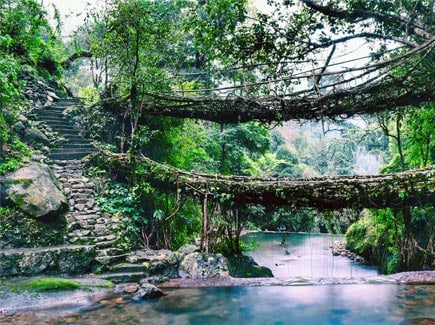
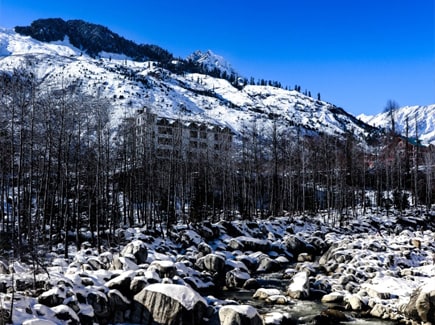













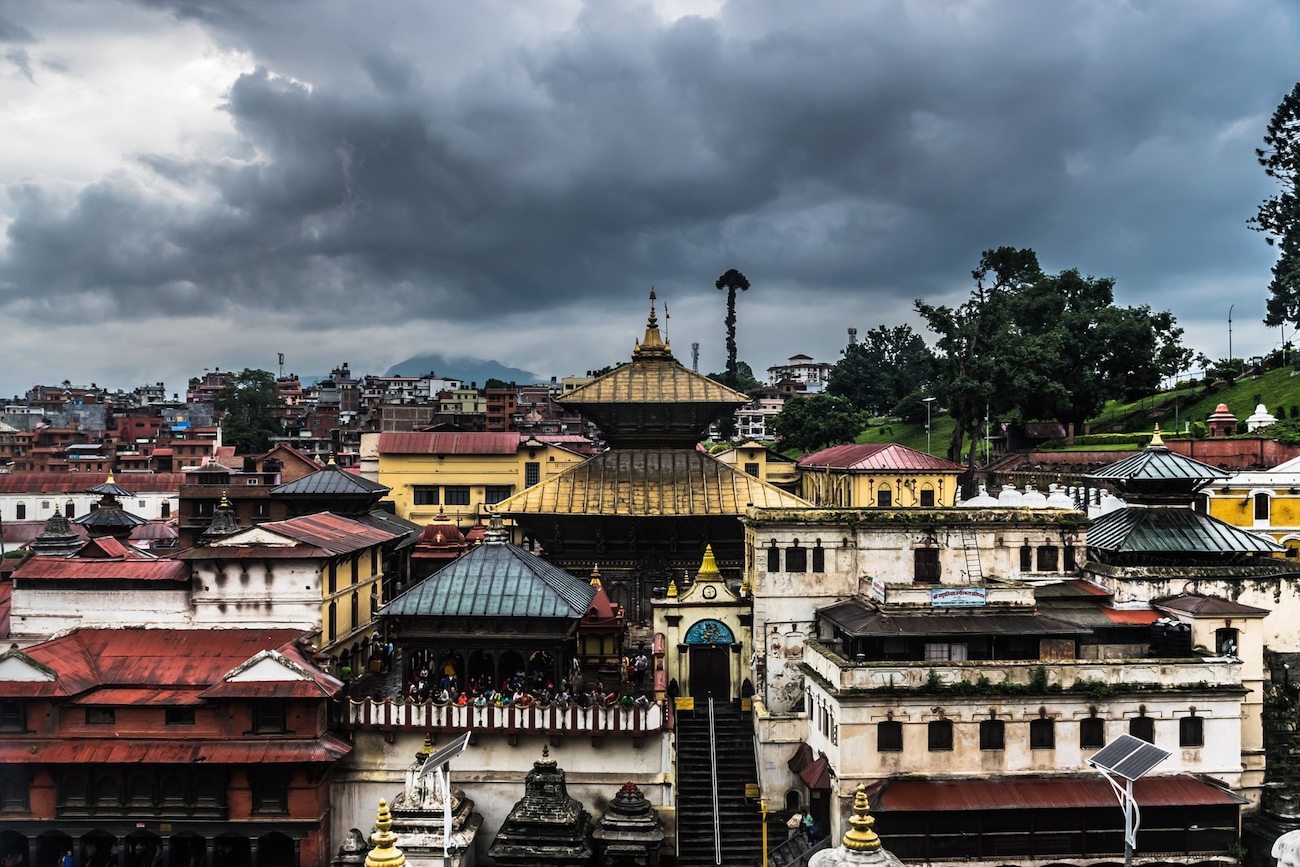









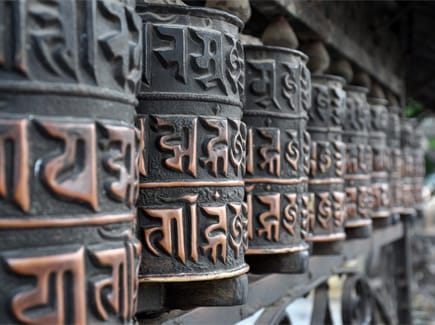

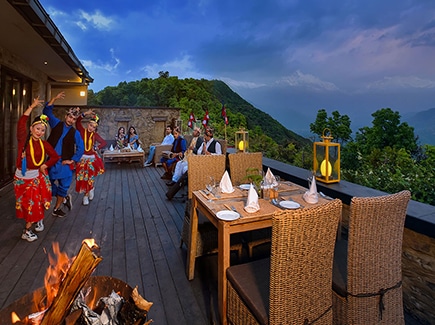
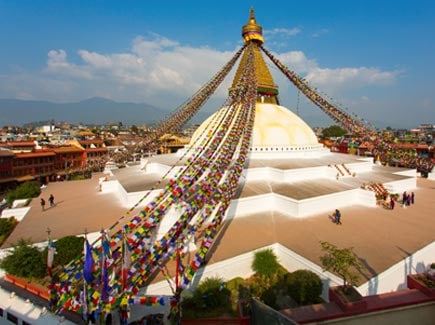
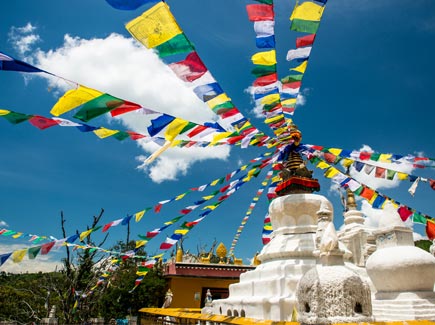










Please give me a package for 2 for Nepal
Thank you for your enquiry. Here is the link to our Nepal tour packages https://vnawld.in/4kJn. You will find all details here. If you could help us with your contact number, our team would be happy to assist you. Alternatively, you can connect with our team on 1800 22 7979/travel@veenaworld.com.